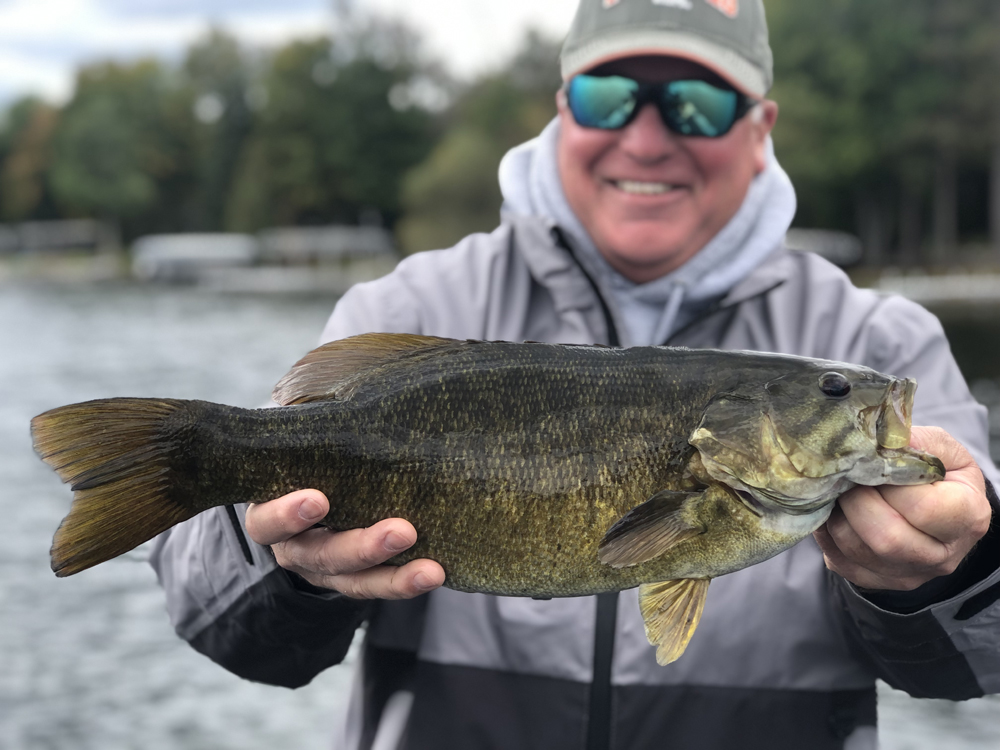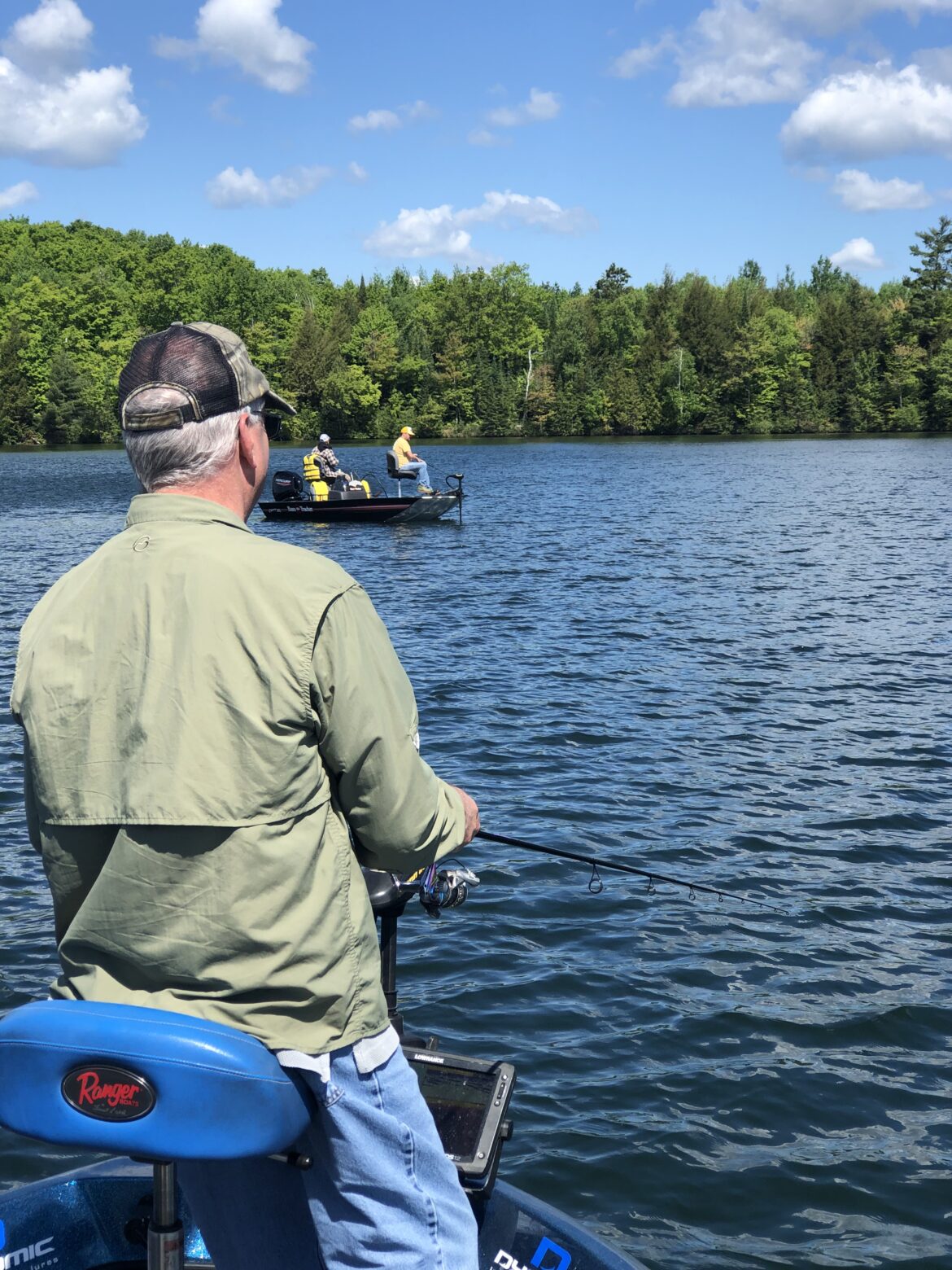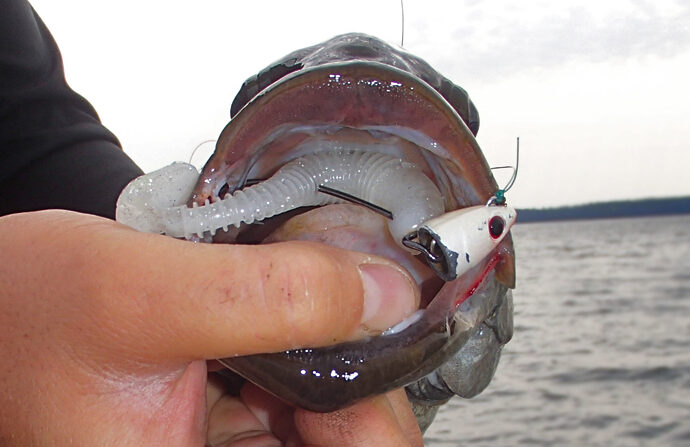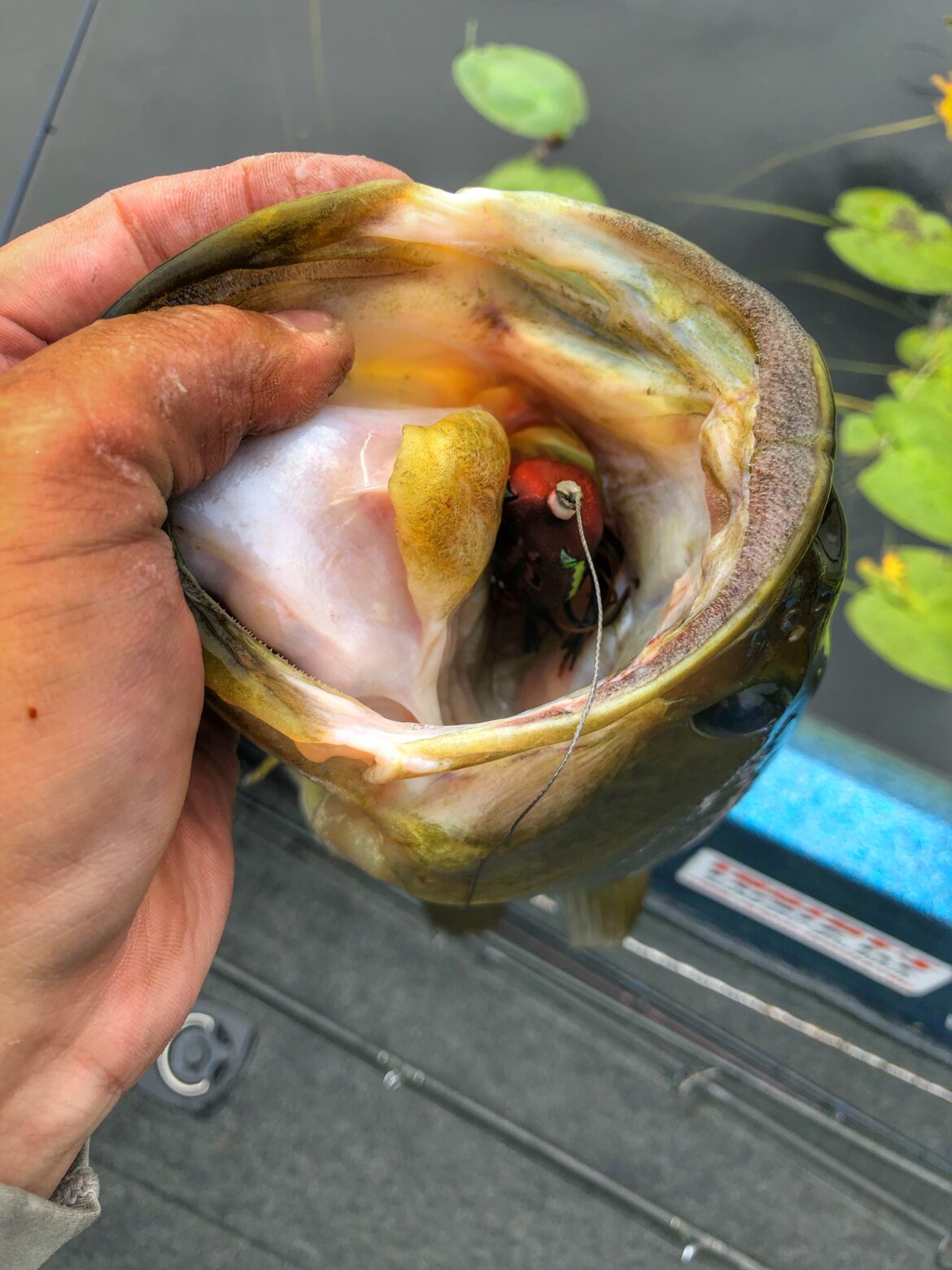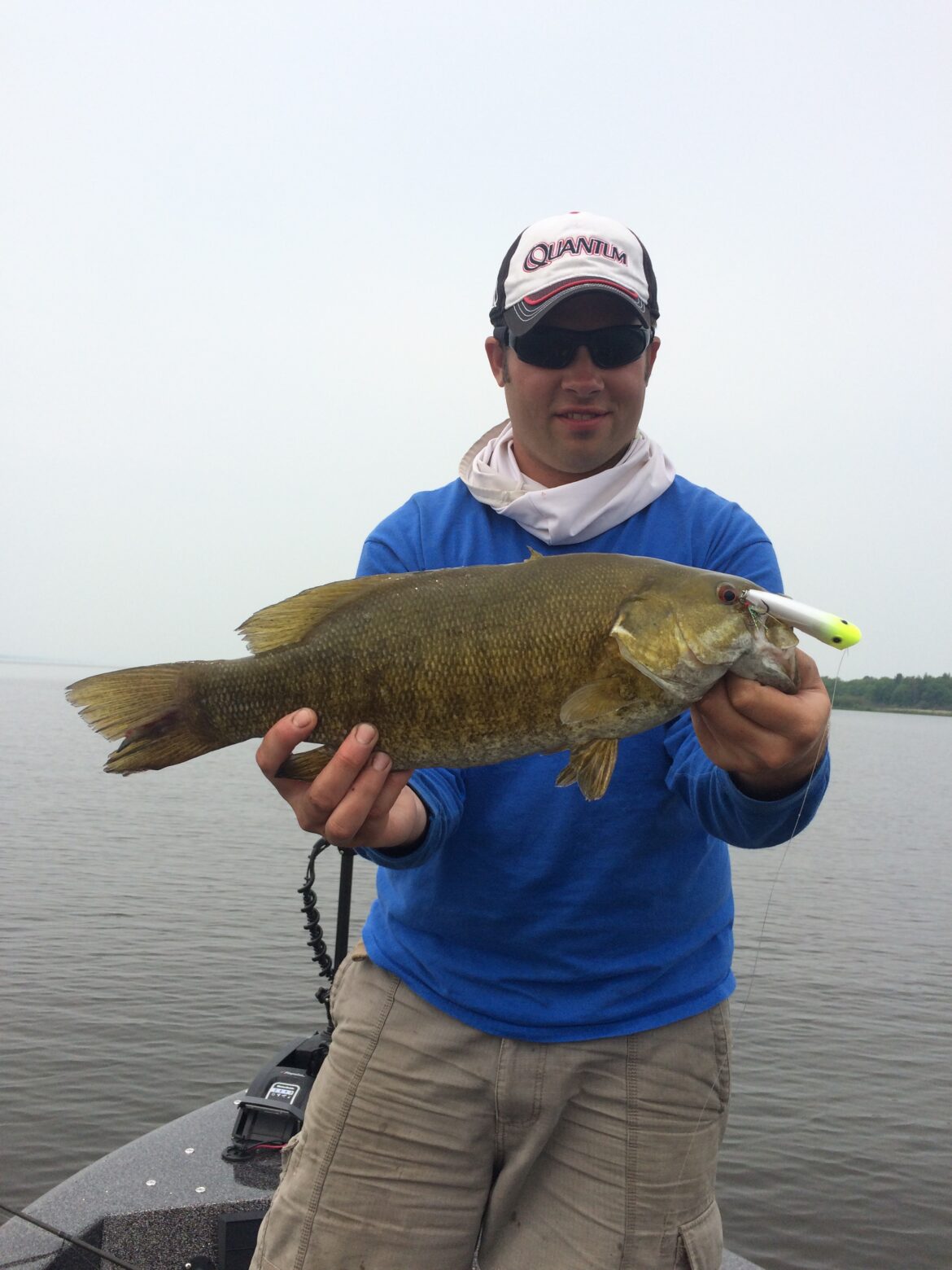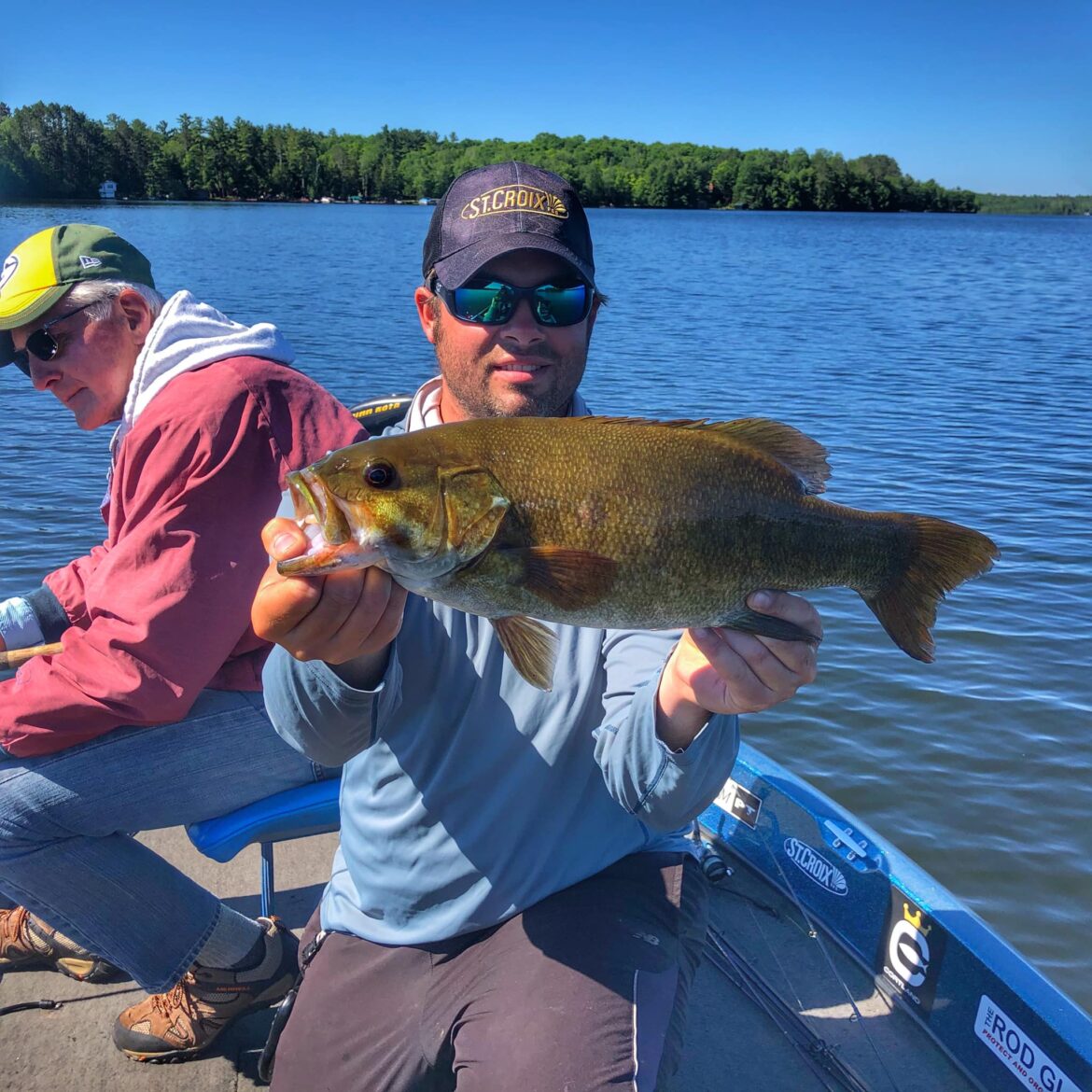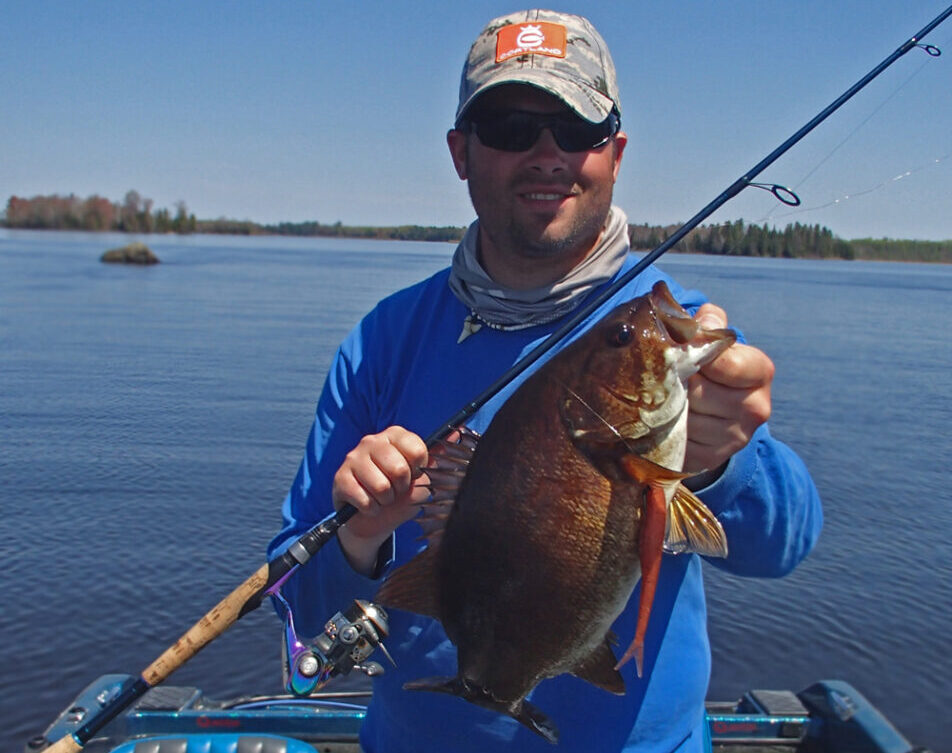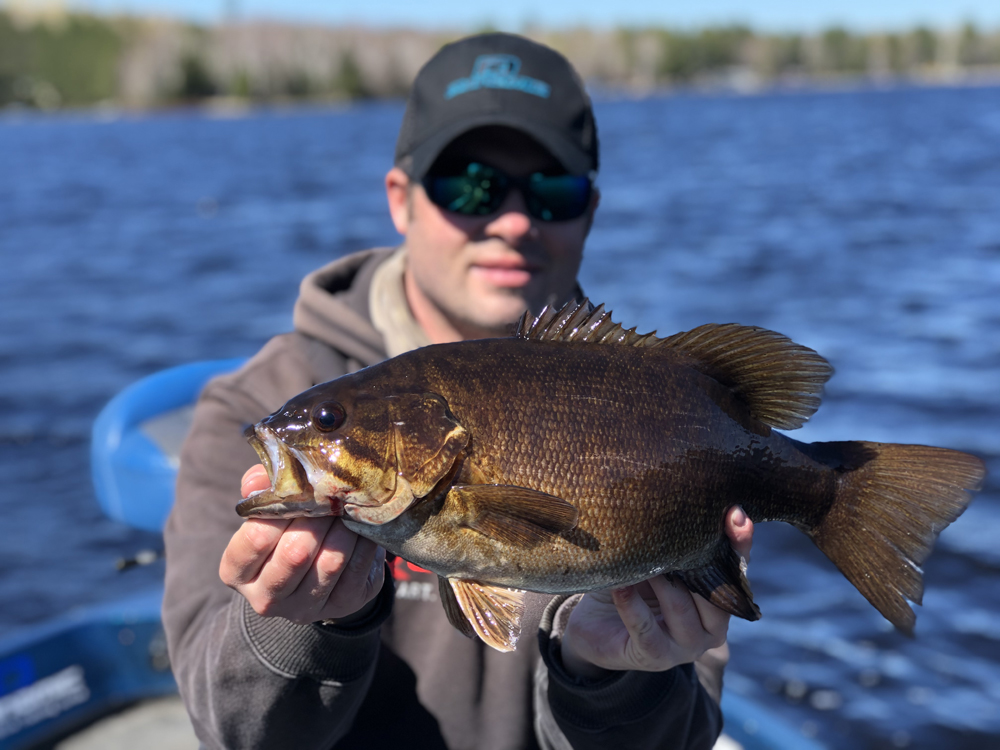September is a month of transition and changing of seasons. With shortening daylight and colder nights, the entire food chain reacts and acclimates to these changes. On many clear water fisheries with sand bottom composition, trophy smallmouth return the shallows where they are most comfortable in cooling waters, and roam sand beaches.
During the past decade, I’ve prioritized learning and focusing my time on open water fishing tactics for smallmouth bass. Prior to then, this was something I hadn’t done much of. What spurred me to this was the realization of how lakes and smallmouth fisheries are cyclical and slowly evolving. Lakes that might have been
Frogs are fantastic baits in heavy vegetation. Utilizing a surface-running soft plastic frog around lily pads and atop mats of slop is exhilarating as bass come out of the water to engulf the lure. The distinctive feature of frogs is that their hooks and riggings are weedless and there are no protrusions or sharp
When it comes to jerkbait fishing, smallmouth anglers should always bring a handful of soft bait minnows for the party. Equally effective for smallmouths, and sometimes even better depending on fish activity levels, soft jerkbaits in the fluke style can be fished with the same cadence as a hard jerkbait to draw strikes. It
Each spring, I preach fishing waters that warm fastest. To catch potentially the most active fish, and to tap into premier smallmouth fisheries whose populations are further and deeper established into the spawning season, I always fish and guide on the larger river systems and their flowages to begin the season.


